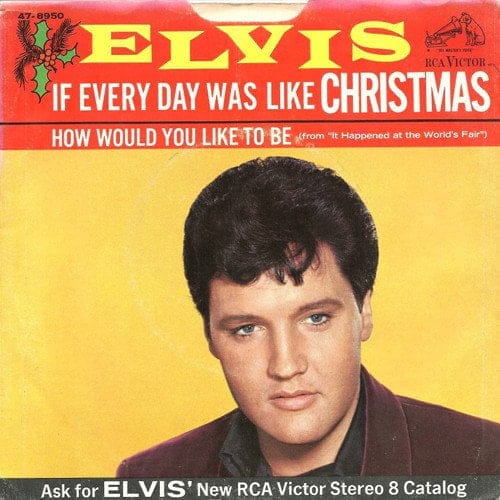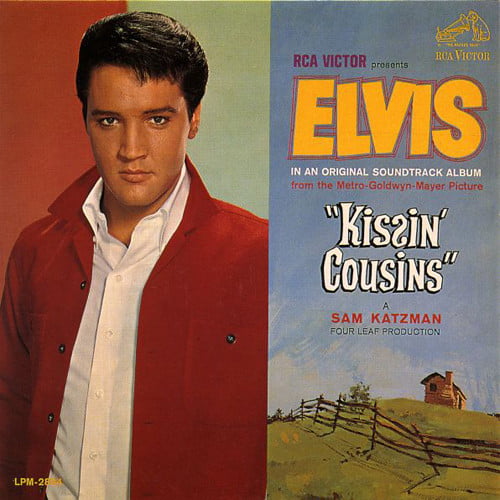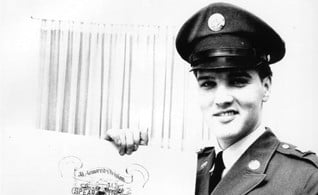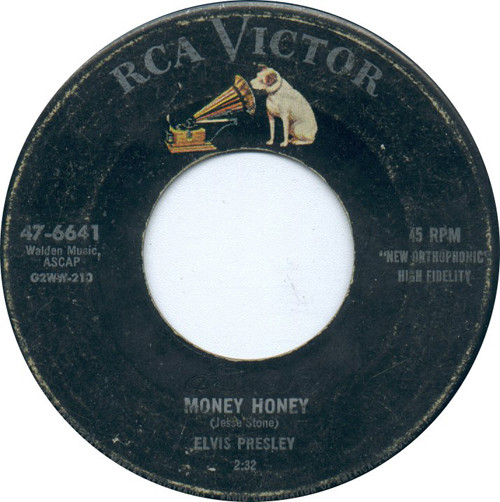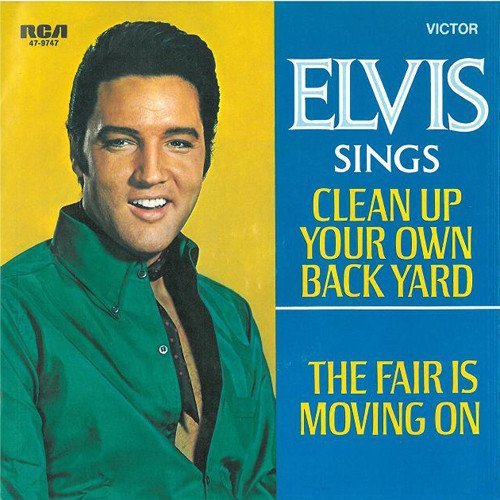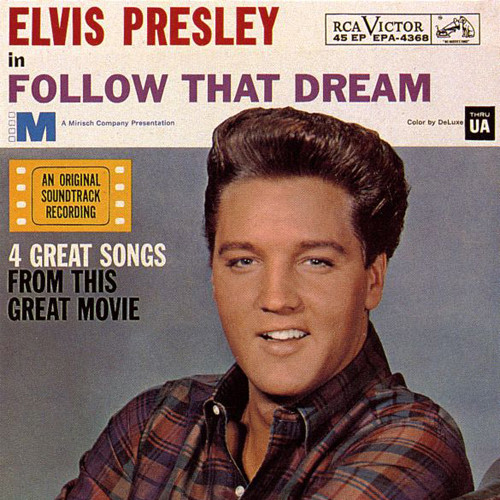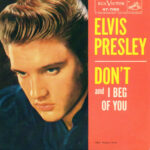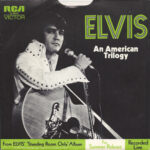“A complete look at the song Elvis Presley recorded on June 9, 1958, and released on August 31, 1964 — exploring its background, production, impact, and meaning”
Introduction
“Ain’t That Loving You Baby” is one of those songs that perfectly captures Elvis Presley’s transition into full command of the rock & roll scene. Recorded on June 9, 1958, and released as a single years later, this track reflects both the emerging sound of the era and Elvis’s growing artistic maturity.

Background and Context
The song was written by Ivory Joe Hunter and Clyde Otis, and had circulated in earlier versions before Elvis recorded it. By June 1958, Elvis was at the height of his early career, crafting a distinctive sound that bridged rock, rhythm & blues, and pop. This session marked an important moment of his artistic evolution.
Recording and Production
- Recording date: June 10, 1958, at RCA Studio B in Nashville.
- Personnel: Elvis Presley (vocals); Hank Garland (guitar); Floyd Cramer (piano); Bob Moore (bass); D. J. Fontana and/or Buddy Harman (drums).
- Label: RCA Victor.
- Musical style: A swinging rock & roll shuffle with elements of rhythm & blues, a steady beat, and sharp guitar riffs typical of late-1950s sessions.
The song showcases the tight musicianship of Presley’s Nashville band, combining crisp instrumentation with his confident vocal delivery.
Release and Marketing
Although recorded in 1958, the song was not released immediately. It finally appeared on August 31, 1964 (some listings note September 22 in the U.S.) as the B-side to “Ask Me” under RCA Victor. The delayed release was part of RCA’s strategy to keep Elvis present on the charts while he was focusing on films.
The single enjoyed strong airplay and sales, proving that Elvis’s earlier material still had major commercial appeal.
Chart Performance and Recognition
“Ain’t That Loving You Baby” reached No. 16 on the Billboard Hot 100 and charted in several other countries, including Canada and Australia.
While not one of Elvis’s biggest hits, it reinforced his consistency and market power during the mid-1960s. Its success showed that even older recordings from his vault could perform impressively when released at the right time.
Lyrics, Theme, and Meaning
The lyrics express sincere, wholehearted devotion. Lines such as “I could ride around the world in an old oxcart / And never let another girl thrill my heart” reveal an unwavering love conveyed with the easy swagger of early rock & roll.
The phrase “Ain’t That Loving You, Baby?” functions as both a declaration and a playful question, perfectly matching Elvis’s energetic delivery. His vocals move between tenderness and assertiveness, turning a simple love song into a showcase of charisma and rhythm.
Legacy and Significance
- The song illustrates how Elvis’s label reused earlier recordings to maintain his presence during changing musical times.
- It appears on multiple Presley compilations, keeping it accessible to new listeners and collectors alike.
- Historically, it highlights Elvis working with Nashville’s top musicians, cementing his position not just as a performer but as a central figure in the development of American popular music.
- For fans and scholars, it serves as a bridge between Elvis’s raw 1950s sound and the polished productions of his later years.
Interesting Facts
- The delay between recording and release reflected Elvis’s military service and his management’s strategy of spacing out material to sustain public interest.
- Some international pressings list different release dates due to regional distribution schedules.
- The musicians involved—especially Garland, Cramer, and Moore—were instrumental in shaping the early “Nashville Sound,” adding further historical importance to the track.
Why It Still Matters Today
“Ain’t That Loving You Baby” remains relevant because it combines the authenticity of 1950s rock & roll with Elvis’s unmistakable voice and the refined studio work of Nashville’s best. It serves as a snapshot of a pivotal transition in his career, appealing both to fans and to anyone studying the evolution of modern music.
For a website dedicated to Elvis Presley, this song exemplifies:
- His artistic growth and versatility
- His collaborations with legendary session players
- The commercial strategies behind his sustained success
- The enduring charm of his early rock & roll style
Conclusion
In essence, “Ain’t That Loving You Baby” by Elvis Presley is far more than just another single in his discography — it’s a recording that captures his vocal strength, studio mastery, and enduring appeal. Recorded in 1958 and released in 1964, it stands as proof of his timeless influence on rock & roll. With its heartfelt lyrics, tight instrumentation, and solid chart performance, this song remains a cornerstone for understanding the power and longevity of Elvis Presley’s music.
Access all of Elvis Presley’s songs at the following link: https://elvisradio24h.com/category/elvis-songs/
The best way to thank us is by sharing this article.

